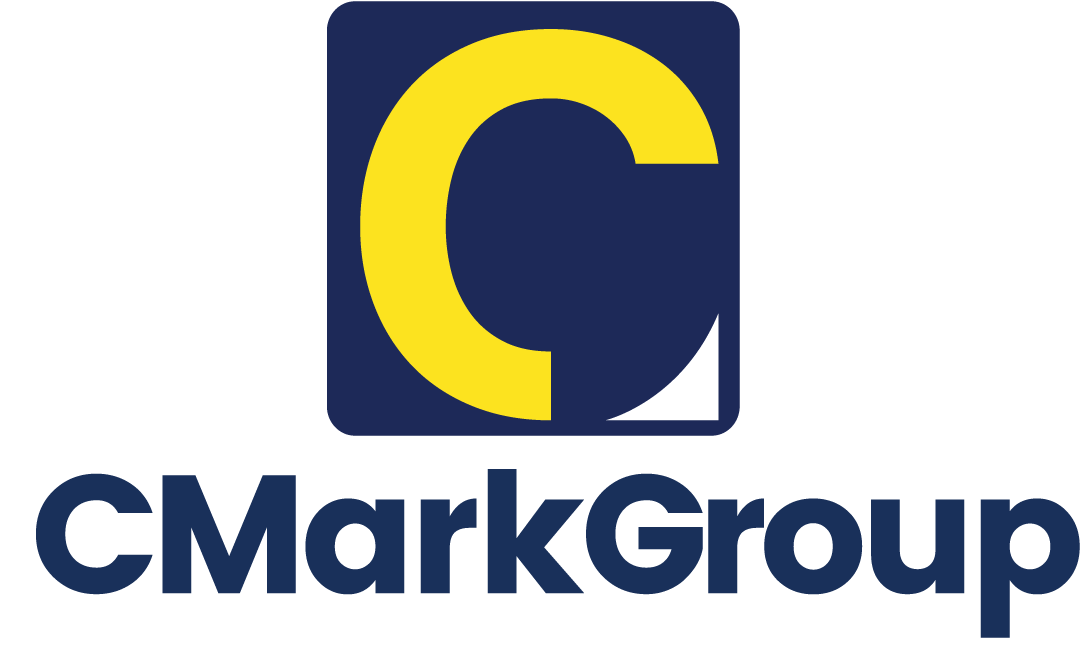Did you miss these 5 Kaizen Benefits?
- May 1, 2018
- Posted by: Nayte Carrick
- Category: Uncategorized

Kaizen is a Japanese philosophy introduced after the Second World War, and spearheaded by Toyota. It’s roughly translated as “continuous improvement”.
The concept of kaizen is that you make changes to your processes in small, achievable steps. Rather than look at business performance every year, as is traditional, kaizen means looking at it on a continuous basis.
5 Kaizen Benefits You’re Probably Missing
1. Management Performance
Management needs to buy in to the concept for it to succeed. One initial step is to encourage managers to dedicate 15 minutes a day to making kaizen work. To that end, there are some basic principles to take on board:
- Keep asking “Why?” until you get to the root cause of a problem. Use this technique to identify what’s causing issues.
- Don’t wait for perfection; a small improvement is better than none.
- Data and facts matter more than opinions. .
- Work as a team to contain and correct the root causes of problems. .
When you’ve firmly embedded these principles you can begin to look further afield for improvements, starting with your employees.
2. Employee Performance
Kaizen means all input is valued, and you need to ensure everyone in the company (including the ‘lowly’ cleaners, janitors, and supply chain) has a voice – that’s ’employee kaizen’. It’s also true that if you want your employees to perform well, they have to find their jobs satisfying and interesting. Naturally, making them aware their thoughts are valued and ditching the blame culture is helpful to everyone.
The idea is to respect everyone’s opinions and ask for input. This can be achieved either through a suggestion system, or in small or large groups, depending on what works for your company and the way your expertise is divided up.
Ultimately, everyone who works for you should be encouraged to examine processes and practices to see where they can be improved. Stressing the small improvements philosophy means people don’t get overawed or put off by the enormity of finding major changes to make.
3. Management-Employee Interaction
Kaizen is also about making improvements in the way that management and employees communicate and work together. Some ‘communication kaizen’ comes naturally because if you’re seeking your employees’ views, you’re naturally stepping up interaction.
It promotes the idea that the management are partners who help employees to develop and improve. Everyone is seen as working with each other, eliminating the old ‘boss-servant’ relationship. It makes good business sense – if management talk to employees about their duties on an equal footing, it will encourage and identify better ways of working.
It’s also here that you should ask management to actively develop work relationships with staff, and try to understand what they’re doing day-to-day. Even something as simple as greeting colleagues and asking how things are going will not only strengthen interaction, but will also help you understand what’s going on at the grass roots level of the business.
4. Productivity and Processes
Improvements in management-employee interaction naturally leads to productivity – or ‘process kaizen’ – which aims to create improvements that can be put into place on the same day. Essentially, this is a review of your activities to determine whether you can work better or more efficiently.
To use process kaizen in your own business, start with the “Plan-Do-Check-Act” (PDCA) cycle – an iterative, cyclical four-step management process:
- Plan: Identify an opportunity and plan a change.
- Do: Carry out a small-scale trial to determine whether the change is viable.
- Check: Analyze the results and the lessons learned.
- Act: If the change was successful, incorporate into the system and if it wasn’t, start again with a different focus or approach.
If this cycle reveals a particular area where major change is needed, you can have a ‘kaizen event’ focusing on one aspect of what the company does for a short period, and brainstorming ways to improve it. The aim is to have fewer errors and delays, and fewer duplicated processes.
5. Customer Experience
The ultimate goal of is to improve customer satisfaction. Inefficient processes could lead to customer dissatisfaction. Simplifying them is an important way to improve the customer relationship.
To achieve good ‘customer kaizen’, map in detail each business phase that involves the customer. This will help identify problems, complexity, bottlenecks, and roadblocks that may occur. For example, you could check whether your purchase system on your website works smoothly, and identify small ways to improve it.
Once you have a list of potential issues, you can start redesigning the process itself using the guidance outlined here to rectify any problems. Following a test and review process, you can finally implement any good changes in line with the PDCA cycle.
Conclusion
The philosophy of kaizen is popular for a good reason – it works! It gives businesses of all sizes some great principles for organizing small, incremental improvements, and getting staff to buy-in. This may not seem like much, but when you get to the end of a year and look back, you’ll be amazed at how far you’ve come.
In Review, the 5 areas where your business can benefit from Kaizen are:
- Management kaizen: Boosting management performance and identifying the root causes of problems.
- Employee kaizen: Increasing employee satisfaction and involvement.
- Communication kaizen: Facilitating management-employee interactions, and providing a deeper understanding of how your business works.
- Process kaizen: Test and introduce proposed improvements.
- Customer kaizen: Streamline business processes and improve the customer’s experience.
Do you have any thoughts about applying kaizen in your own business?
